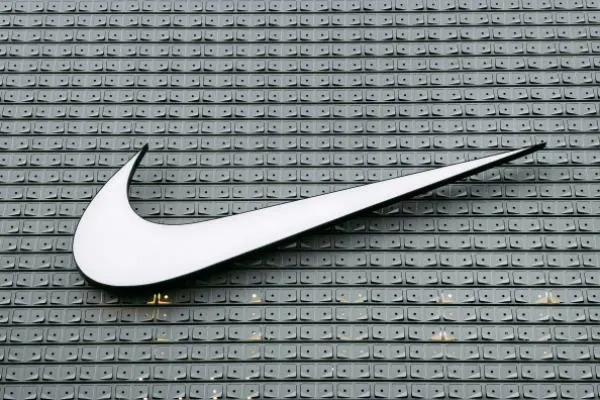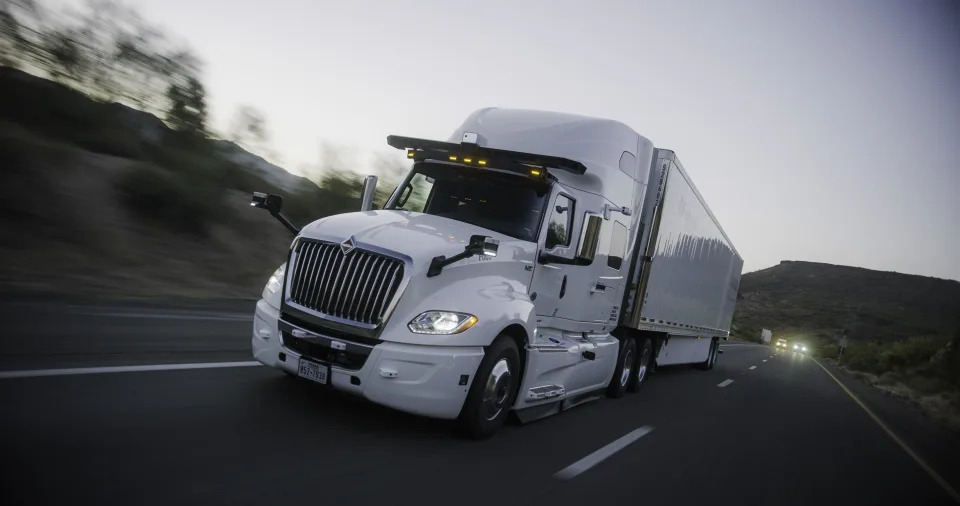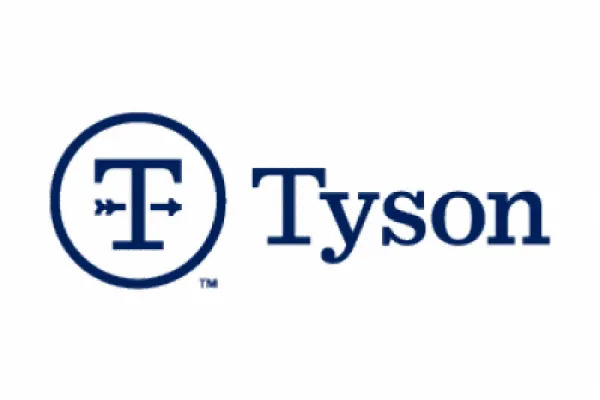William Harwood
Thu, December 22, 2022
Astronauts Josh Cassada and Frank Rubio spent seven hours outside the International Space Station Thursday, successfully installing a fourth set of roll-out solar array blankets in an ongoing $103 million power system upgrade.
"Outstanding job today," radioed Nick Hague from mission control. "You made it look easy and routine ... You've got a lot of people who are very glad they're holiday plans are still secure!"
"We're incredibly happy that that's the case," said Rubio, laughing, back inside the space station airlock.
Joked Cassada: "Frank and I are going to put in for some leave."

Josh Cassada, left, and Frank Rubio prepare rolled-up solar array blankets for installation aboard the International Space Station as the lab complex approach the southwest coast of Africa. / Credit: NASA TV
Senior station managers, meanwhile, said Russia is holding open the possibility of launching a replacement Soyuz crew ferry ship to replace a virtually identical craft now docked at the station that suffered a major coolant leak last week.
But a final decision is not expected until engineers complete their analysis of a small hole in the Soyuz MS-22/68S spacecraft. The damage and subsequent coolant leak apparently were caused by a micrometeoroid or space debris impact last week that ruptured a radiator coolant line.
If engineers conclude the damaged Soyuz cannot safely carry its three-man crew back to Earth as planned in late March, a Soyuz scheduled to carry their replacements to the space station could be moved up a few weeks and launched without a crew on board. The damaged Soyuz would make an unpiloted return to Earth for additional analysis.
Under that scenario, it's not clear when Soyuz MS-22/68S commander Sergey Prokopyev, Dmitri Petelin and NASA astronaut Frank Rubio would come home, or when their replacements might be launched.
Back aboard the ISS, Cassada and Rubio switched their spacesuits to battery power at 8:19 a.m. EST Thursday, officially kicking off the 257th spacewalk devoted to station assembly and maintenance, and the 12th this year.
The goal of the excursion was to install the second of two ISS Roll-Out Solar Array blankets — IROSAs — that were carried to the space station aboard a SpaceX Dragon cargo ship on Nov. 22.
The station is equipped with four huge rotating solar wings, two on each end of a truss stretching the length of a football field. Each of the four wings is made up of two sets of solar cells extending in opposite directions from a central hub.

The new ISS Roll-Out Solar Array (IROSA) blankets unroll after installation, extending in front of an original-equipment array in the background. The new IROSA blankets are smaller than the space station's original solar wings, but they are more efficient and will eventually generate an additional 120 kilowatts of power. / Credit: NASA TV
The eight sets of blankets deliver electricity to eight main circuits, or power channels, during daylight to operate the lab's systems and to recharge batteries. The stored battery power is used when the station is in orbital darkness.
The power system needs an upgrade because the first set of original-equipment blankets, located on the left end of the station's power truss, have been in space for more than 20 years. Subsequent wings were added in 2006, 2007 and 2009.
All of them have suffered degradation from years in the harsh space environment, and they do not generate as much power as they did when they were new. In a major upgrade, NASA is installing the smaller but more-powerful IROSA blankets to augment the output of the original-equipment blankets.
The first two IROSA blankets were installed on the left-side outboard arrays — the oldest set on the station — during spacewalks in 2021. Cassada and Rubio carried out two earlier spacewalks to install mounting brackets, and one of the two new IROSAs on a right-side inboard wing to augment power channel 3A.
During Thursday's excursion, the second new IROSA was attached to an inboard left-side array to boost power channel 4A. A final set of IROSAs are scheduled for delivery to the station next year.
The IROSA blankets are about half the size of the original arrays, but they are more efficient and will eventually generate an additional 120 kilowatts of power. They were designed to be mounted on brackets at the base of an existing wing, extending outward at a 10-degree angle to minimize the shade they cast on the array below.
Once all six roll-out arrays are installed, overall power generation will be boosted between 20 and 30 percent, roughly matching the output of the original arrays when they were new.
















